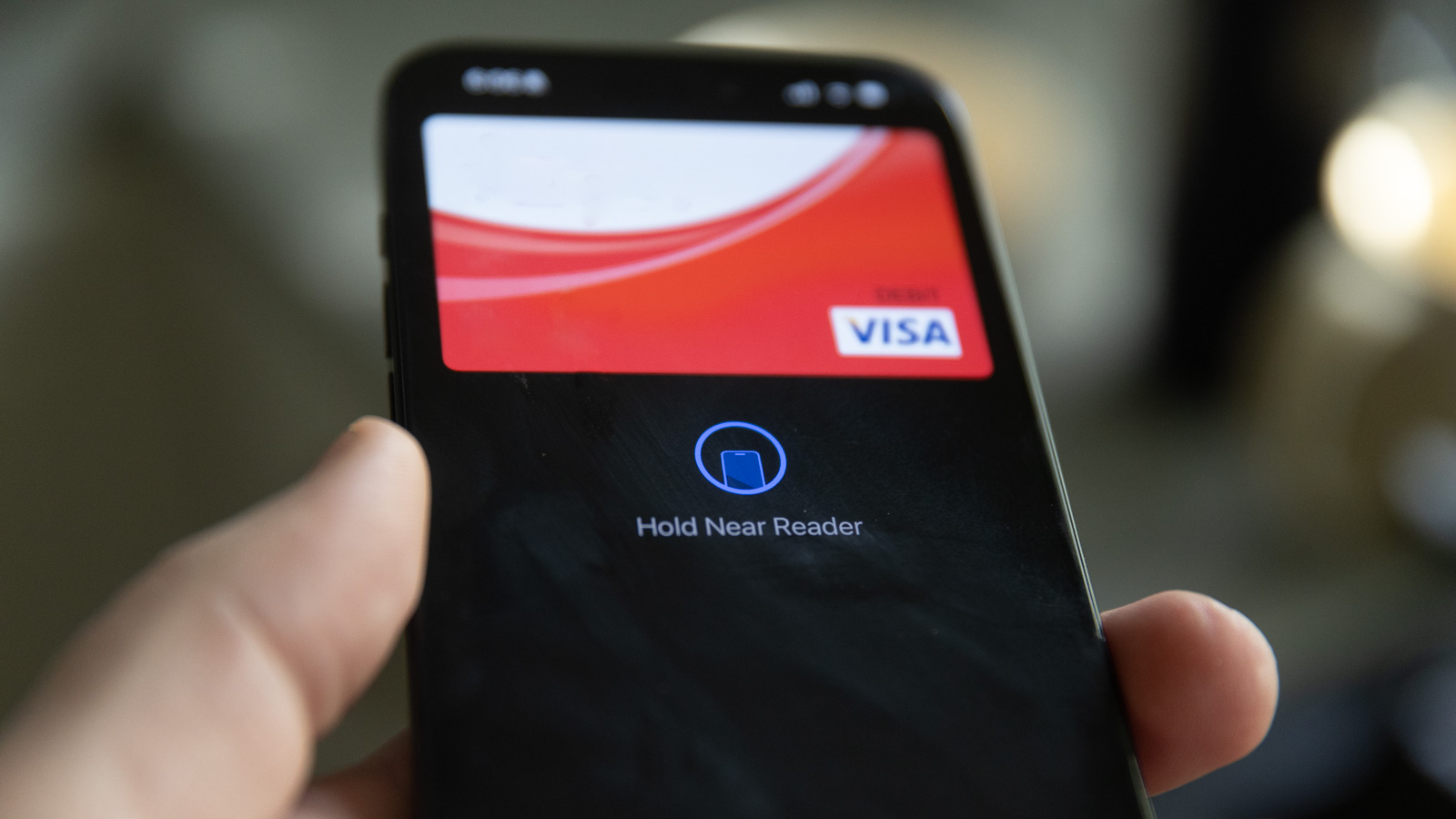DeepMind is experimenting with a nearly indestructible robot hand
The Shadow Hand robotic device was built to withstand collision damage
Shadow Robot Company
A new robot hand provides extremely fast and flexible finger movements, while also being tough enough to survive intense damage. That durability helps the hand, which is already being used in Google DeepMind’s robotics experiments, during the trial-and-error learning required to train artificial intelligence.
This latest robotic hand developed by the UK-based Shadow Robot Company can go from fully open to closed within 500 milliseconds and perform a fingertip pinch with up to 10 newtons of force. It can also withstand repeated punishment such as pistons punching the fingers from multiple angles or a person smashing the device with a hammer.
The new hand’s robust design is well suited for AI-powered robotics experiments based on reinforcement learning, which allows robots to gradually learn how to interact with environments by fumbling through tasks using trial and error, says Ram Ramamoorthy at the University of Edinburgh in the UK.
“Any interaction with the world is a collision damage risk,” said Rich Walker, director of the Shadow Robot Company, during a press conference.
One trade-off is that the hand is “heavier than some other options because the design decisions are aimed at reliability over long-term usage”, says Ramamoorthy. The new Shadow Hand’s chunky, three-fingered set-up weighs 4.1 kilograms in total and 1.2 kilograms per finger.
This structure makes the hand look much less anthropomorphic than some other robotic limbs, but also makes it more versatile: it can be modified with more fingers if needed, and each finger is a modular component that can be swiftly swapped out for a replacement in case of damage.
Each robotic finger has hundreds of sensors on its fingertips and dozens on the other finger segments. Tiny cameras focus on the inside surface of each robotic finger’s silicone skin – touching an object may deform the robotic skin, and this interior view can thus indicate the object’s hardness and shape.
“It’s excellent in terms of sensing, and it’s super robust,” says Ingmar Posner at the University of Oxford. “It’s also engineered to be easily fixable.”
Some research labs and companies beyond Google DeepMind may find the capable hand to be useful, says Posner. But it is likely to be expensive – Shadow Robot Company has not yet announced its price – and other researchers may prefer cheaper robotic hand options, even if they lack some or all of the sophisticated sensing and object-handling capabilities that the Shadow Hand combines in one package.
Topics:
Source link




